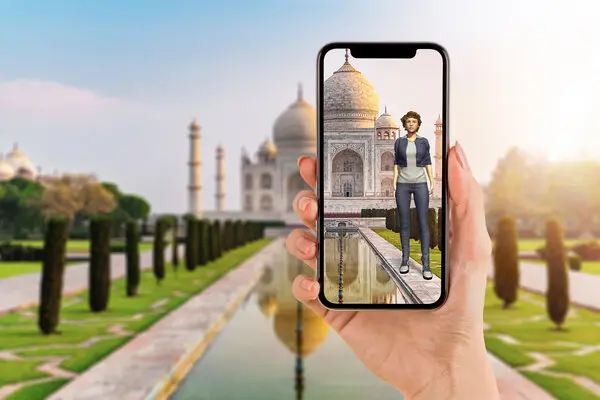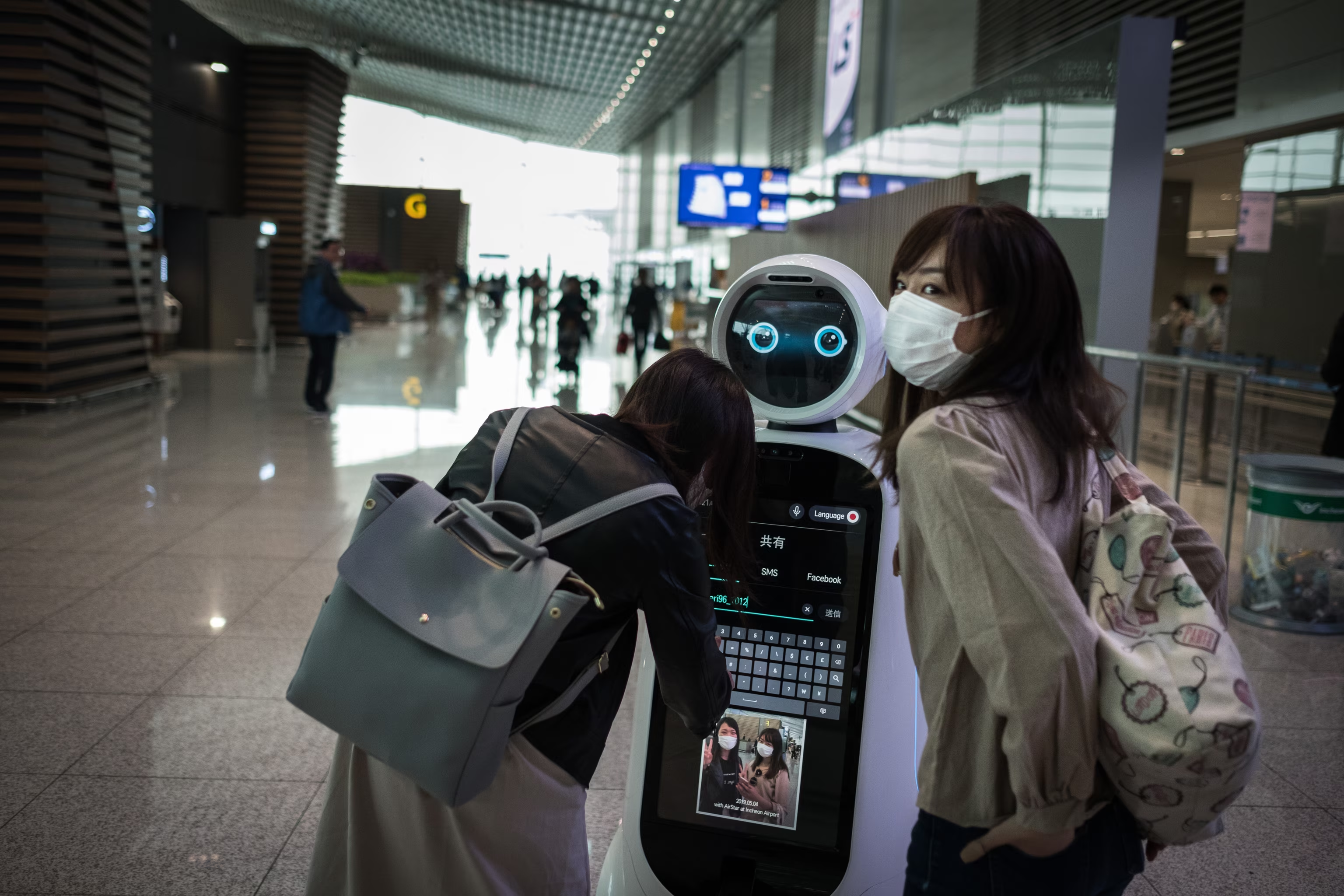The Rise of Virtual Reality Travel Experiences for Staycation Lovers
In a world where technological innovation continually reshapes how we live, virtual reality (VR) has emerged as a transformative force in the travel industry. For staycation lovers in the UK and beyond, VR travel experiences offer an exciting way to explore the world without ever leaving the comfort of home. From visiting far-flung destinations to rediscovering local gems, VR is changing the way we perceive travel.

1. What Are Virtual Reality Travel Experiences?
Virtual reality travel experiences use immersive technology to simulate real-world destinations. By wearing VR headsets, users can virtually walk through ancient ruins, stroll along exotic beaches, or even tour famous museums. These experiences combine 360-degree videos, interactive elements, and realistic sounds to create a sense of presence in a faraway place.
2. Why VR Travel Appeals to Staycation Lovers
For those who prefer staycations or are unable to travel due to financial, health, or time constraints, VR offers a unique solution. Here’s why it’s gaining popularity:
a) Cost-Effective
-
Travel can be expensive, especially international trips. VR eliminates the need for flights, accommodations, and other costs, making it an affordable alternative.
b) Convenience
-
Explore the world without packing, planning, or navigating airports. VR allows for spontaneous and stress-free travel experiences.
c) Eco-Friendly
-
With sustainability becoming a top priority, VR travel reduces the carbon footprint associated with traditional travel.
d) Accessibility
-
For individuals with mobility issues or health concerns, VR makes it possible to experience places that might otherwise be inaccessible.
3. Popular Virtual Reality Travel Experiences
From iconic landmarks to hidden gems, VR travel offers something for everyone. Here are some popular options:
a) World-Famous Attractions
-
Tour the Eiffel Tower, the Great Wall of China, or the Grand Canyon without leaving your home. Platforms like Google Earth VR and Oculus Venues offer realistic tours of these bucket-list destinations.
b) Nature Escapes
-
Immerse yourself in the serenity of lush forests, snowy mountains, or underwater worlds. Apps like National Geographic Explore VR let users virtually explore breathtaking landscapes.
c) Cultural Immersion
-
Experience cultural festivals, historic landmarks, and local traditions through interactive VR experiences. For instance, you can join a Day of the Dead celebration in Mexico or visit ancient temples in Asia.
d) Space Exploration
-
VR takes travel to another level—literally. Apps like Space Explorers allow users to experience life aboard the International Space Station or gaze at Earth from space.
4. How UK Staycationers Are Embracing VR Travel
In the UK, staycation trends have been on the rise, and VR travel is complementing this lifestyle. Local tourism boards, museums, and attractions are using VR to enhance staycations:
a) Virtual Tours of Local Attractions
-
Many UK landmarks, such as Stonehenge and the Tower of London, offer virtual tours that provide detailed insights and immersive visuals.
b) Rediscovering Hidden Gems
-
Explore lesser-known spots like the Lake District or the Scottish Highlands through VR before planning an in-person visit.
c) VR Integration with Staycation Packages
-
Hotels and resorts are starting to offer VR experiences as part of their staycation packages, allowing guests to explore destinations virtually from their rooms.
5. The Technology Behind VR Travel
The advancements in VR technology have made these experiences more realistic and accessible:
a) High-Resolution Headsets
-
Devices like the Oculus Quest 2 and HTC Vive Pro provide stunning visuals and immersive experiences.
b) Interactive Features
-
Many VR platforms include interactive elements, such as the ability to touch objects, join guided tours, or interact with virtual characters.
c) 360-Degree Cameras
-
Real-world destinations are captured using 360-degree cameras, ensuring a realistic and engaging experience.
-

6. Future Trends in VR Travel
As VR technology continues to evolve, here’s what the future holds for virtual travel:
a) Social VR Travel
-
Share virtual experiences with friends and family, no matter where they are, by joining the same VR tour in real-time.
b) AI-Driven Personalization
-
AI will make VR travel even more tailored by adapting experiences based on user preferences and feedback.
c) Augmented Reality (AR) Integration
-
AR could complement VR by enhancing physical staycation experiences with virtual overlays, such as historical facts or 3D reconstructions.
7. Tips for Getting Started with VR Travel
If you’re new to VR travel, here are some tips to make the most of your experience:
-
Choose the Right Equipment: Invest in a quality VR headset for the best visuals and comfort.
-
Start with Free Platforms: Explore apps like YouTube VR and Google Earth VR to get a feel for virtual travel.
-
Experiment with Genres: From cultural tours to nature escapes, try different types of experiences to find what resonates with you.
-
Create a Relaxing Environment: Enhance the experience by dimming the lights, using comfortable seating, and immersing yourself fully.
Final Thoughts
Virtual reality is redefining the way we travel, offering exciting opportunities for staycation lovers to explore the world without leaving home. As technology becomes more advanced and accessible, VR travel is set to become a staple in the lives of those seeking adventure, relaxation, and cultural enrichment. Whether you’re touring the Louvre from your living room or hiking through the Amazon rainforest in VR, the possibilities are endless. So, why not dive into the world of virtual travel and embark on your next adventure today?











Top Comments You Can't Miss!